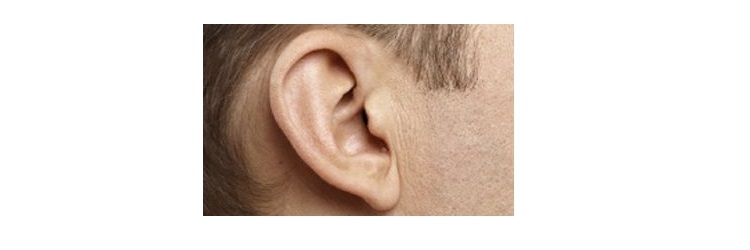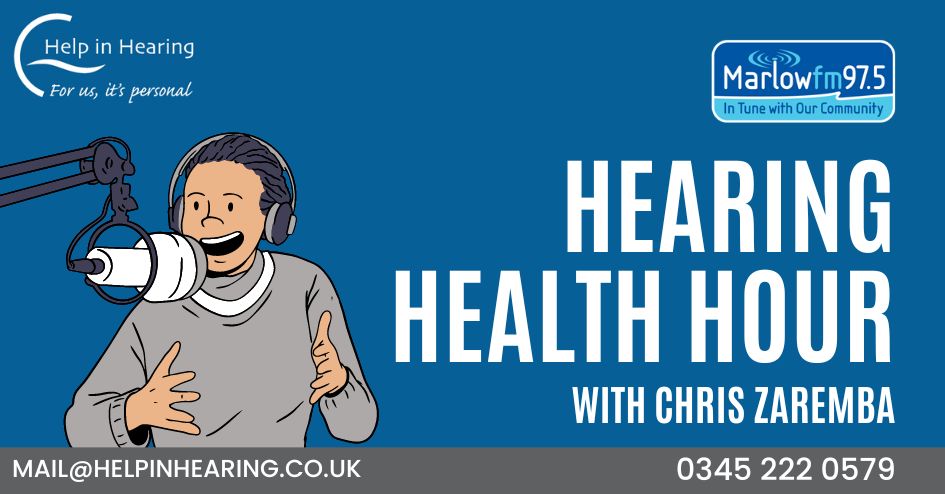
Which Hearing Aid is Best for Me?
There is no need to live with the effects of hearing loss or endure the negative impact that it can have on your life. Help in Hearing can provide a wide variety of effective hearing solutions for all our patients. Our hearing aid audiologists offer expert advice and high quality hearing aids from our hearing clinics in Farnham Common and Marlow, and which are ideal for a variety of lifestyles and budgets. In this article we look at the different types of hearing aid available.
Hearing loss can have a negative impact on all aspects of your life, from listening to music or having a conversation in a noisy restaurant, to attending a training course. Help in Hearing are proud of their independence and are therefore in a position to choose hearing aids from any of the major hearing aid manufacturers.
Below are just a selection of the type of aids we can supply, depending on your requirements and severity of your hearing loss.
Extended Wear and Maintenance-free Hearing Aids
Phonak Lyric is the only aid in this category. The Lyric hearing aid sits deep within the ear canal, close to the ear drum, is totally invisible and stays in the ear 24/7 for up to 90 days. No battery changes required, no cleaning required, hence it is termed as the ‘Contact Lens’ for the ear.
Deep Canal Hearing Aids
These are also entirely invisible, but they are custom built and can be taken out at night. They will need to have a change of batteries approximately every 5 days.
In-the-Ear Hearing Aids (ITE)
In the ear hearing aids can be made as a small completely in the canal (CIC), canal (ITC), half shell (HS) or full shell (FS) aid. They are all custom built and depending on the shape, size and power required can be a good alternative to a behind the ear aid.
Some of these aids have batteries which don’t need to be changed, (they are rechargeable) need very little maintenance and are particularly suitable for people who have dexterity problems.
Behind-the-Ear Hearing Aids (ITE)
The original and conventional behind the ear hearing aids feature a custom ear mould, which is inserted into the ear and has a tube to which the hearing aid is connected. These hearing aids are positioned behind the ear and are one of the most common hearing aids supplied by the National Health Service.
Other behind the ear hearing aids have very slim tubing to which small plastic domes are added and are placed into the ear canal. They are a good cosmetic alternative to the conventional BTE aids using the custom moulds and are also standard NHS supplied aids.
The currently most popular and best cosmetic behind the ear solution is the receiver in the canal (RIC) hearing aid, where the amplifier is connected at the end of a very fine wire and is positioned into the ear canal, either on a small plastic dome or a very small custom made ear mould. On the other end of this virtually invisible wire is the hearing aid itself, which is generally extremely small and very light so the user is hardly aware of it being there.
Professional Audiologists Covering Slough, Marlow & Maidenhead
Whether you have recently begun to notice deterioration in your hearing, or you have been suffering for many years, do not make do with an outdated, inefficient hearing aid. Hearing aids from Help in Hearing are modern and sophisticated pieces of technology which will be fitted only after a thorough consultation has been carried out by one of our professional audiologists, but will provide you with a fantastic improvement in hearing quality and lifestyle.
Please click to find out more about and see pictures of different styles of hearing aids.


This Post Has 0 Comments